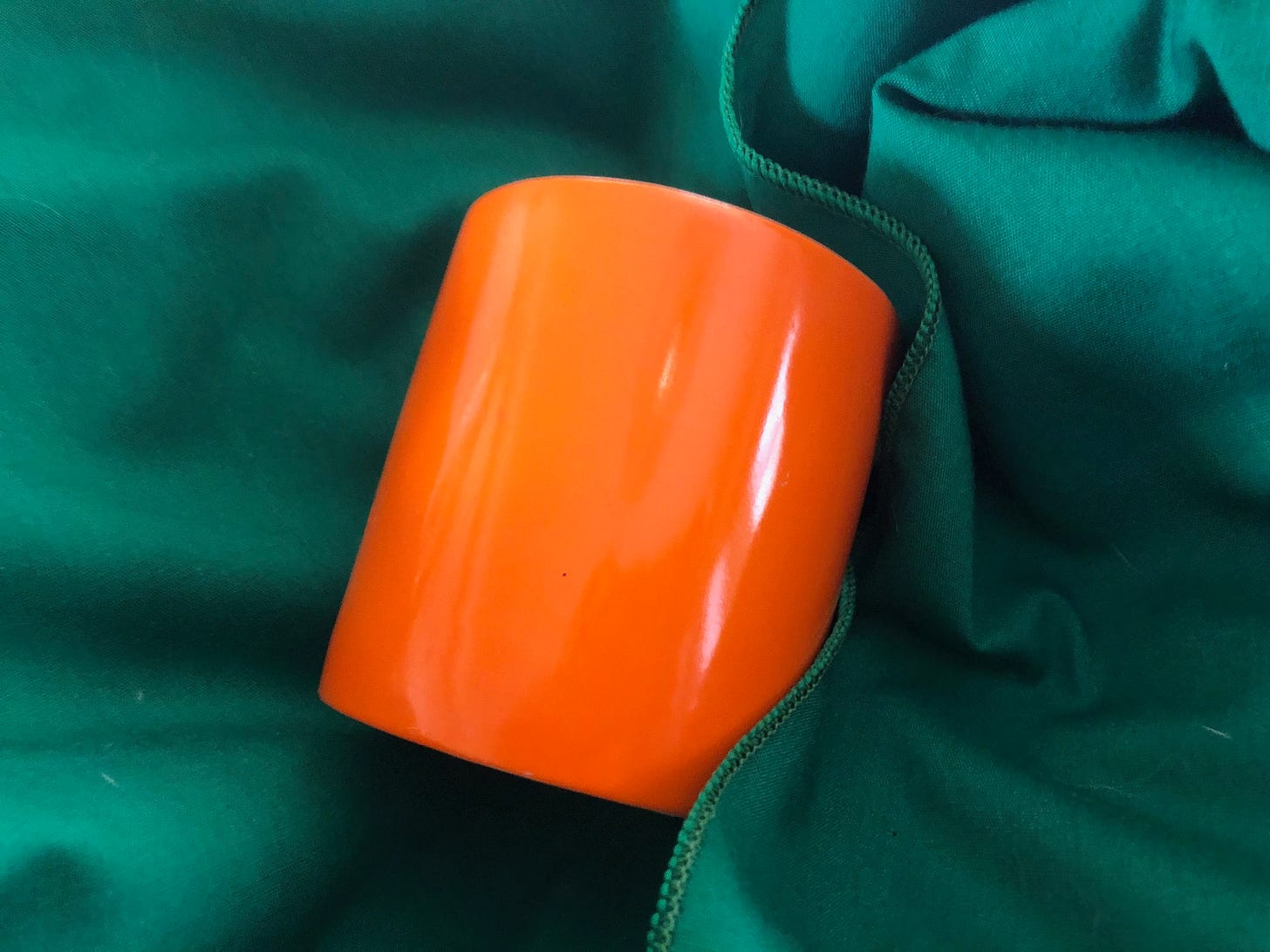These two posts are close because Daylight Savings Time and St. Patrick’s Day inspired the writing. I don’t have a set schedule and sometimes post once a month. I hope you find them both relevant and interesting.
A video of Naomi reading the St. Patrick’s Day post with “added value.” (With more practice, I will better edit the videos.)
This is a section from a book I’m writing about a Lucky Little Girl who grows up during the Dirty 30s and comes of age after the War Years of the 1940s. I am now thinking of titling it Pink Hollyhocks.
It was an ordinary school day in 1937, or so Janette thought as she buttoned a white cotton blouse and slipped into a brown skirt. After dressing, she sat at the kitchen table with Helen and her brothers. Their father, Russell, served them oatmeal.
Arriving at school, several kids lunged toward Janette with pinching fingers. “What’s going on?” She asked. Stay away from me.
“You are not wearing any green,” said one boy with an Irish last name. “So we get to pinch you because it’s St. Patrick’s Day.”
“You stay away from me,” Janette said. She thought they were crazy.
The lunch bell rang. Janette walked home. Winifred and Russell were making bologna sandwiches and heating up tomato soup in the kitchen.
Russell placed a bowl of tomato soup in front of Helen and Janette and sat down.
“That orange jug is the talk of the town,” he said.
Photo of an orange ceramic cup by Naomi Yaeger
“Somebody thought they were being smart,” her mother, Winifred, said.
“What are you talking about?” Janette asked.
“Someone took orange paint, painted a two-gallon glass jug, and threw it on the lawn in front of the depot,” Russell said.
“Why would everyone in town be talking about that?” Helen asked.
Because it’s St. Patrick’s Day,” Winifred said. “Half of the town is Irish-Catholic and green is the color they use to celebrate.”
Photo by Alejandro Luengo on Unsplash
“To them, orange is an insult,” Winifred said. “It’s associated with the British, who invaded and occupied Ireland. The British protestants outlawed their language and religion. Many of our neighbor’s mothers and fathers immigrated to America to escape religious persecution and poverty.”
Bishop John Ireland settled Avoca in 1878, forging deals with the railroad companies and the state government to settle Minnesota with Irishmen. The poverty and prejudice that greeted the Irish in the East and big cities bothered the archbishop so much that he and other Catholic leaders led an effort to move them west, helping to settle Minnesota. The name of this effort was the Irish Catholic Colonization Bureau.
“The Crowley’s are Irish and they attend St. Rose of Lima Church,” Janette said. Do you think that orange jug would hurt their feelings?” Janette asked.
“They are fine neighbors,” Winifred said. “The farmers say they can set their clock to the time he delivers their mail each day.”
“And we love sitting on the porch playing “Draw and Talk” with Margie and Rose,” said Helen.
Not one word was ever mentioned of that orange-painted jug to the Crowleys or any of the other Irish neighbors.






I was raised Catholic courtesy of Croatian ancestry.
Wendy says:
Our English ancestors who passed through Ireland before coming to America before the revolutionary war were Protestant. I am glad they didn’t stay. Too much unnecessary and violent conflict caused by perceived differences. And colonization.